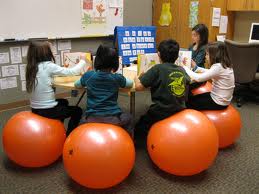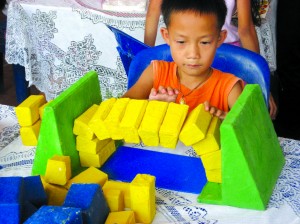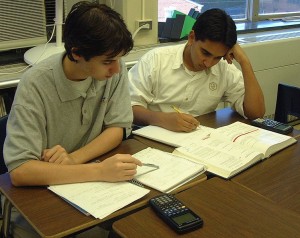Teaching kids with ADD/ADHD is not simple. In addition, there seems to be very little imagination in educational strategies and curricula to help either. One would suspect this would not be the case given that it is the schools that often give the ADD/ADHD labels in the first place. However, there has been little development of substantial creative techniques to try to help these students learn and behave better in the classroom.
Indeed, on a CH.A.D.D. “fact sheet” (America’s principal ADD/ADHD advocacy group) it was written: “Use the student’s first name before calling on him or her” (CH.A.D.D., 1994). I can only wonder, What was the teacher doing before this? Other suggestions are simply bland or obvious: “Display classroom rules,” “Allow more time to complete assignments or tests,” “Make eye contact with the student before calling on him or her or giving instructions.”
What is somewhat concerning about the inadequate amount of educational strategies in the ADD/ADHD field is that the opposite is the case for education in general. There are so many new learning styles, educational innovations and more that have spread to the field that it is quite disappointing next-to-none of this has spilled over into the more specific ADD/ADHD area.



